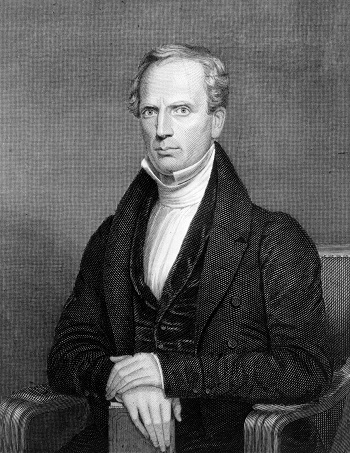

The revivals being reported on occurred throughout Oneida County, New York, beginning in 1825.
Introduction
During a period known as the Second Great Awakening (1790-1840), there were revivals occurring throughout the United States. Anywhere a person would travel they would encounter revivals.
There were revivals sweeping Kentucky, Tennessee, Ohio, and most all southern and eastern coastal states. Prominent revivals began in Kentucky in 1800 (Red River /Gasper River and Cane Ridge).
There were New England Revivals that started in Connecticut in 1797. Around 1815, the effect from those New England Revivals swept across New York State and continued till the end of the Second Great Awakening (1815-1840 Upstate New York Revivals).
So thorough were the New York revivals in their effectiveness, that the central and western part of the state was known as the “Burnt Over District.” That term was used to indicate that the fires of revival were so thorough, that there were no longer any unconverted people for the revival fires to consume (convert).
The revival account we are now reporting on is what happened in just one New York county during 1825-1826, and it was Oneida County.
The information in this account comes from a committee of 3 Presbyterian ministers. This committee received reports from 11 ministers who were serving churches in different towns throughout Oneida County when the revivals occurred.
Though there are 11 separate reports that came out of Oneida County—one from each town—we will compile them all and give a general overview of the revivals that came to the entire county.

Prior to the Revival
According to the reports of the ministers, all the churches were in a slump.
► The moral conditions of the towns were dark.
► People pursued their pleasure or business.
► Sunday school, prayer meetings, and regular church attendance were neglected.
► Church services were formal and cold.
► Prayers were said to be “faithless.”
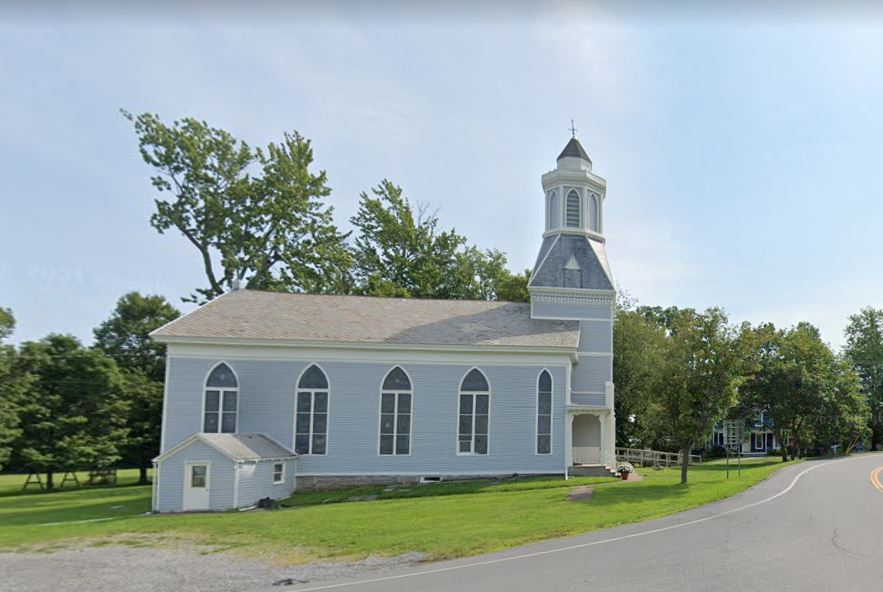
Presbyterian Church of Vernon Centre, New York.
Location where the revival first began (August 1825), and then spread to other towns throughout Oneida County.
Extraordinary Prayer
Prayer and fasting were common in every town where these revivals occurred. In addition to the prayer and fasting, there was deep introspection. The presence of God was said to be undeniably recognized during these times of prayer.
Some churches reported that their members were praying 3 times per day.
The Presbyterian denomination appointed a day in December 1825 for fasting and prayer, and the report from the town of Trenton was that “Nearly all the members of the church attended.”
The prayers during these meetings were said to be:
► United
► Fervent
► Agonizing
► Persevering
► Often accompanied with groans, sobs, and loud weeping.
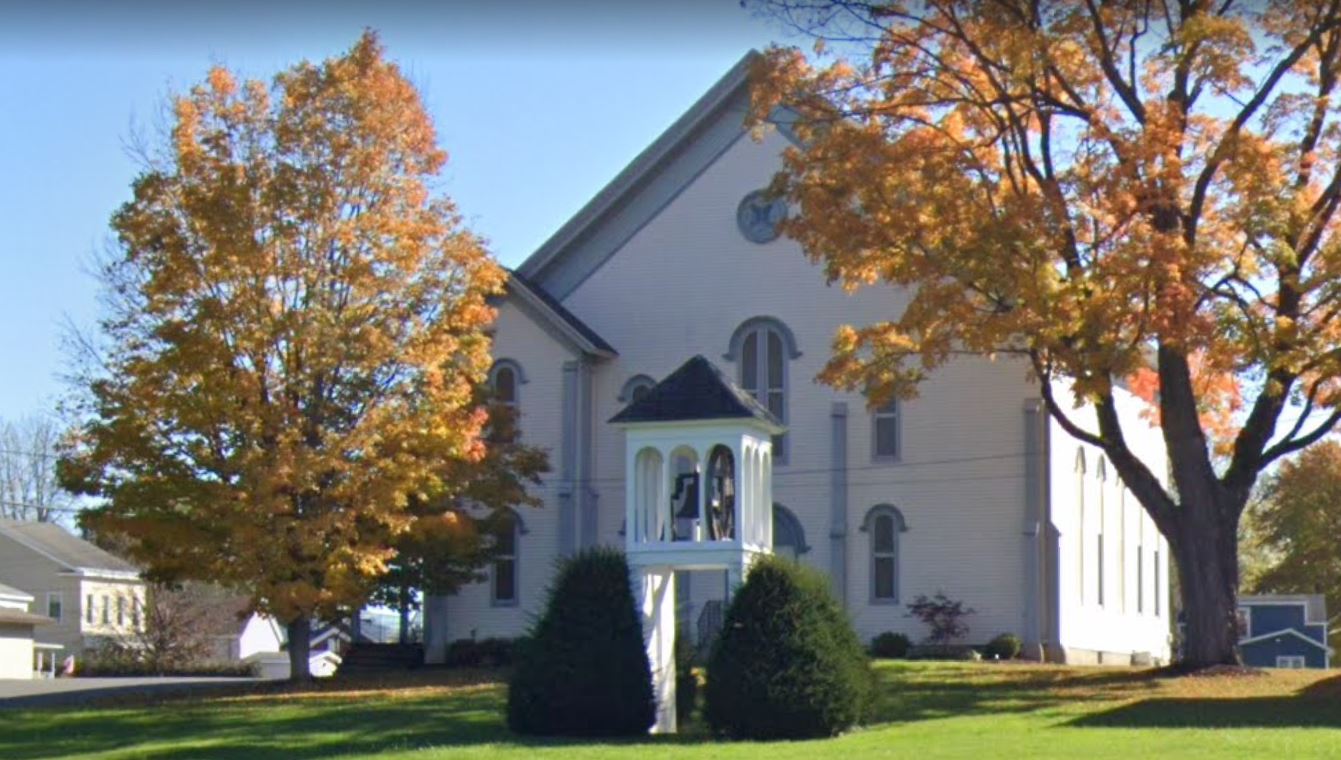
Mount Vernon, New York, Presbyterian Church.
Revival started here in November-December 1825.
Fearing Fanaticism
Staunch Presbyterians frequently wrote about how orderly their revivals were, so as not to work up the ire of their colleagues. They went to great lengths to write about their prayer meetings as well, often boldly stating that they prevented any fanaticism.
Even so, they were very honest when it came to the involuntary sounds coming from those praying, whether they were Christians praying for lost souls or those who were under severe conviction of sin.
Rev. Daniel Nash, one of the evangelists during these revivals, was very loud while he prayed. We can imagine that his example, demonstrated in many of these revival prayer meetings, was replicated by those who heard him. Read about Daniel Nash and his type of praying here.
Going Outside the Church to Pray
Prayer meetings were often held in homes, and it was in homes where it seemed that there was more power generated than when the prayer meetings were held in a church building.
In the town of Trenton, in the home of an elder, there were many that were born again. At times the prayers of God’s people were so intense that they would agonize in prayer “till almost the breaking of the day.” It was from this elder’s home that the revival spread to the church.
Congregational members from the church in Rome, New York, often met in a home about ½ mile outside the village. It was here that the presence of God came and
filled the room in an astonishing manner. All present appeared confounded. Old professors [Christians] trembled. There was a death-like stillness, or solemn awe… Little was said, except in prayer.
The revival was the subject of all conversations on the streets, in the stores, and even in the taverns. Merchants’ and mechanics’ shops would often close early so everyone could participate in the nightly meetings.
Confession of Sin
People were confessing their sins to one another, following James 5:16, which lead to the breaking down of hardness of hearts.
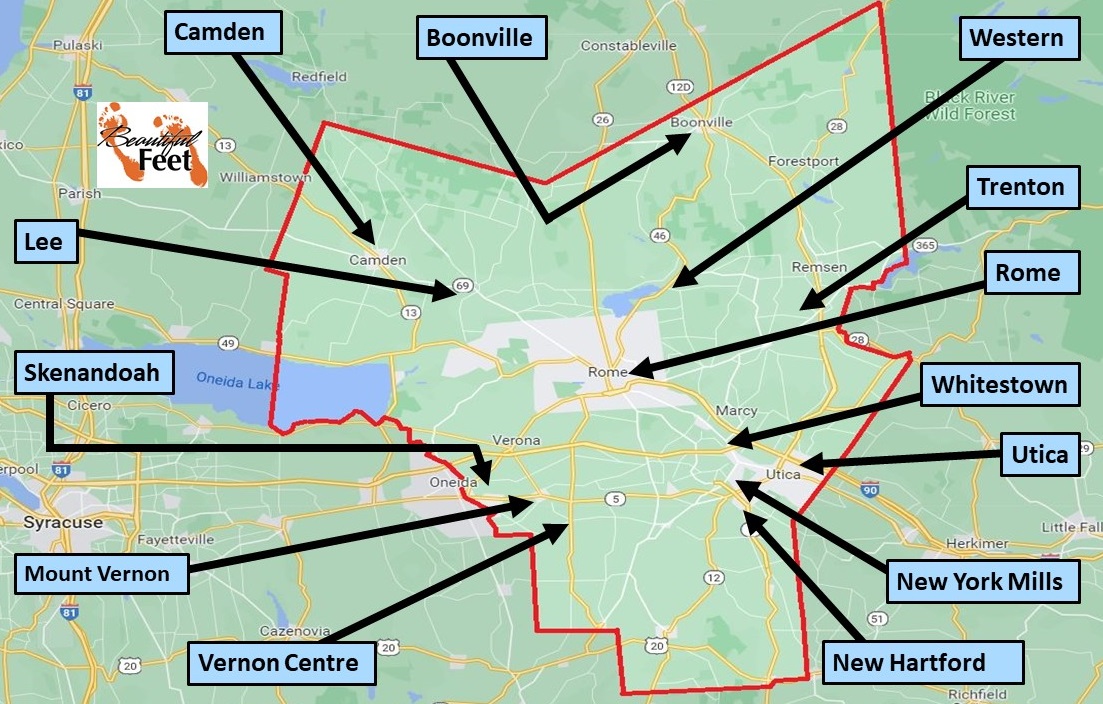
Locations of revival in Oneida County, New York.
Revival Spread from One Location to the Next
The first report of revival occurred in Vernon Centre, in August 1825. From there it began to spread from town to town.
When people heard about an outpouring of the Holy Spirit in one location, the minister, elders, and others with them, would travel to that location, and while there, they were filled with a renewed zeal to pursue God in prayer for a similar blessing in their own town and church.
There was a refreshing that came to every person who visited a scene of a revival—so much so, that when they returned to their home, they shared everywhere what they saw and experienced, spreading hunger for the same at home.
By March 1826, revival had come to all major towns throughout Oneida County.
Unity among Church Members
The measure of unity among the members of the congregations was one of the key factors that brought the revival blessing (Psalms 133).
When the members of a church worked together, the revival’s spreading influence went further and lasted longer. The opposition of a few Christians, or their coldness toward the revival, was more hurtful to the revival than was the opposition and persecution that came from those outside of the Church.
The main denominations were working together, and they were:
► Presbyterians
► Baptists
► Methodists
► Episcopalians
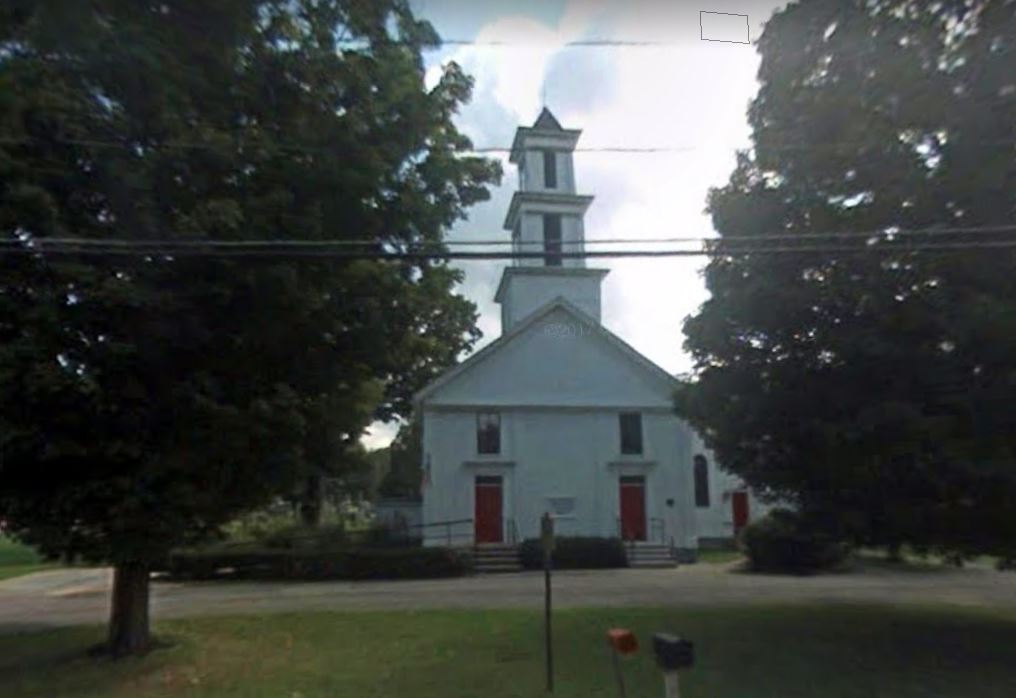
Western Presbyterian Church
Revival started here in October 1825 through the preaching of Charles G. Finney.
Refusal to Discuss the Opposition Publicly
Care was taken to prevent the church members from talking too much about the opposition that came from within or from without.
The opposition from without was often associated with:
► Deists
► Universalists
► Unitarians
These groups attempted to circulate false reports and do anything they could to give the revival a bad reputation.
Home Visits Were Conducted in Every Town
Following the common ministerial duty of the day, ministers and elders, as well as other appointed individuals, would make visits to homes. These visits were not for fellowship—they were specifically for the purpose of inquiring as to the condition of the soul of each person who lived in that home.
These home visits were often as effective, if not more so, than the preaching during meetings in the churches.
Prior to the minister or elder leaving the home, prayer was conducted specifically for each person present in that household.
Ministry in Factories
Whitestown, New York, had three cotton factories, known as “The York Mills.” Working there were about 500 people. The supervisors, being supportive of the revival, stopped the factory during the day for a half hour, and allowed men, women, and children to assemble in one room to hear a Gospel presentation. Following the presentation,
many of them in tears…, knelt in prayer around the machinery. The sight was affecting, and will never be forgotten by those who witnessed it.
Perhaps in no place in the county, in proportion to the number of inhabitants, has the revival been more powerful than at the Whitestown Factory… -Rev. Noah Coe of Hartford
There were about 50 people converted at this factory, with most of them joining the Methodist Church.
Inquiry Meetings (anxious meetings)
As the congregations united in prayer and began to pray specifically for people by name, there came conviction of sin. This conviction of the Holy Spirit was said to cause
► Great anxiety
► Great distress
► Some being so overwhelmed due to their sinfulness that they couldn’t get out of bed.
To address this anxiety—concerning the state of their eternal souls—ministers and elders, following common practices of that era, would conduct “Inquiry Meetings.” These meetings were specifically for those who were inquiring how to be saved, as well as for those who wanted assurance of their salvation. These meetings were attended by a wide range of people and not only the unconverted.
Persecution
Persecution came in several forms.
► Physical assaults against church members
► Threats against the ministers
► Burning in effigy of Charles G. Finney and Daniel Nash
► Throwing of rocks at the church building while meetings were being conducted
► Shooting of firearms while meetings were being conducted
► Carrying banners denouncing the revival and the leading proponents
Church Discipline Was Not Neglected
When church members would break their vows of church membership, they would be disciplined. This sounds harsh today, but it is the method found in the Bible which was designed to ensure the purity and unity of the Lord’s Church.
The ministers reported that discipline, judiciously administered, was found to be a powerful method of enforcing some of the truths of the Gospel, as it tended to humble the congregational members and at the same time alarm the impenitent.
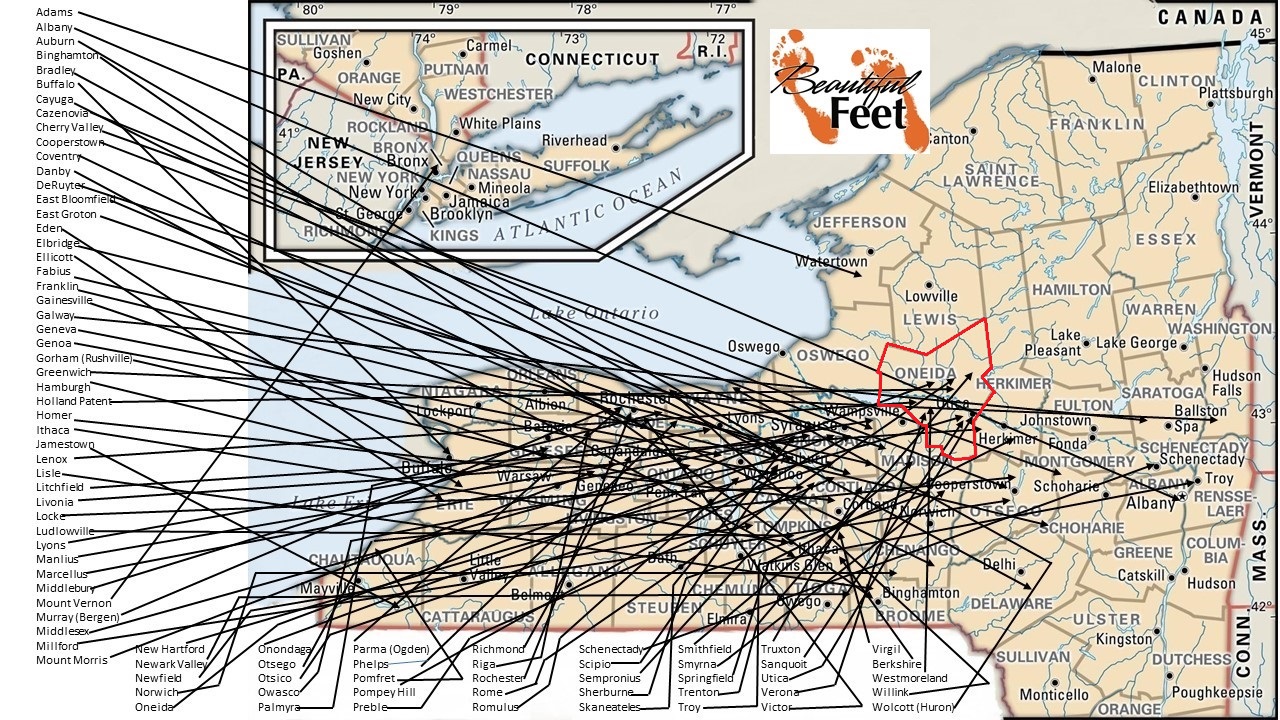
State of New York: Oneida County is outlined in red.
The lines point to towns where revivals took place during this era, earning this region the name of the “Burnt Over District.”
Preaching by Gifted Evangelists
There were several well-known evangelists that would spend a few days, weeks, and even up to a month or more, in one location. These individuals, due to their unique evangelical giftedness, proved to be a great benefit to the ministers of the local churches. Two of these well-known evangelists were:
► Charles G. Finney
► Daniel Nash
Types of Sermons Preached
During this revival, and leading up to it, the sermons preached were evangelistic. They centered on:
► The promises of the Bible, but also its doctrines and threats
► Justification by faith alone
► Guilt of sinners
► Sovereignty of God
► Regeneration of the Holy Spirit
► The necessity of personal holiness
► Eternal punishment of the unrepentant in hell
► Repent or perish/Believe or be damned
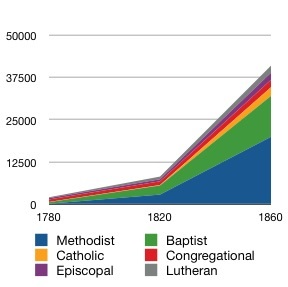
GROWTH OF DENOMINATIONS
During the Second Great Awakening
Results of the Revivals
► Many Christians experienced personal revival and renewed zeal in their faith.
► There was a genuine love among the Christians in these churches.
► More than 3,000 in Oneida County were converted.
► In some instances entire households were converted.
► There were few reports of backsliding.
► Sunday Schools began to flourish again.
► Bible studies were launched.
► A tract society was established.
► The revival continued for more than a year, and in most churches there was an unusual spirit of prayer that was ongoing, as well conversions regularly taking place.
Sources
► A Narrative of the Revival of Religion in the County of Oneida by Presbyterian Church in the U.S.A.
► Charles Finney’s Rochester Revival by William S. Cossen
► Charles Grandison Finney & the Second Phase of the Second Great Awakening by Christian History Institute
► Eerdman’s Handbook to Christianity in America by Mark A. Noll
► Fire From Heaven by Robert Evans (2005)
► Great revivals and the great republic by Warren Candler (1904)
► Man of Like Passions: The Life Story of Charles Grandison Finney by Richard E. Day
► Memoirs of Revivals of Religion by Charles G. Finney (1876)
► Memoir of the life and character of Rev. Asahel Nettleton by Bennet Tyler (1850)
Return to List of Revival Stories
Chet & Phyllis Swearingen:
Office: (260) 920-8248
romans1015@outlook.com
Beautiful Feet
P.O. Box 915
Auburn, IN 46706

